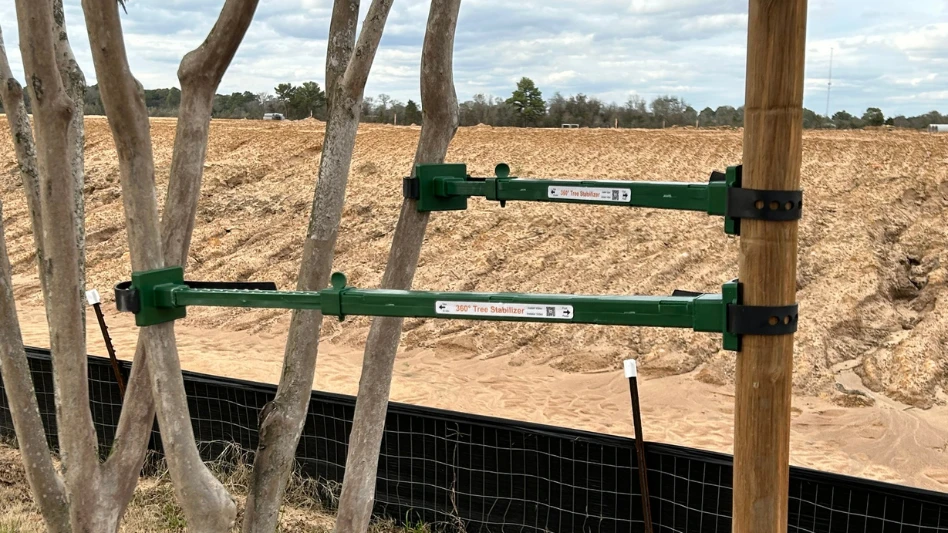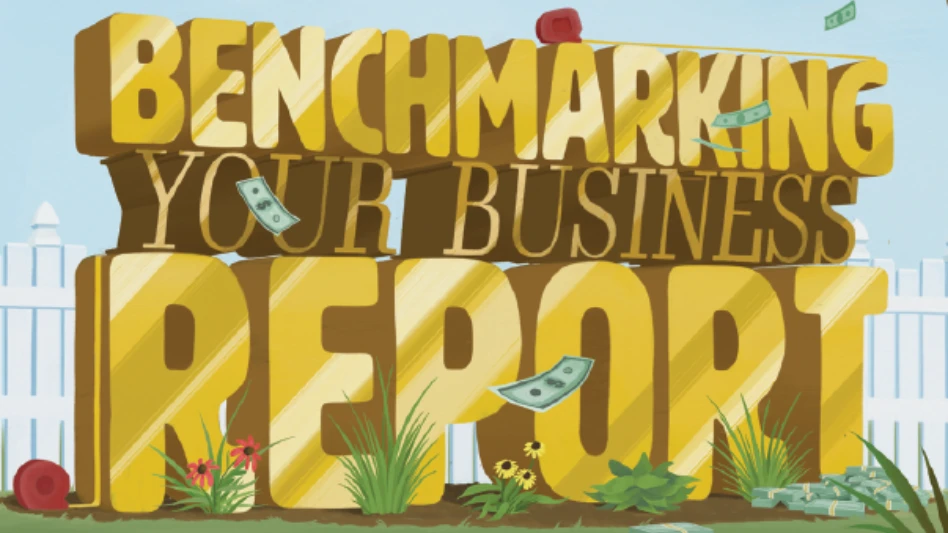
While Loren McIrvin’s company, Allied Landscape, is making the most out of technology, he admits it’s a difficult process.
“I was one of these guys going from conference to conference to figure out how to get my company to work better and work smarter,” he said. “The concept of taking these solutions and implementing them is very difficult. It’s a grind.”
McIrvin urges that before dropping a “shiny new piece of technology” into a company, the culture has to be well established first. This will make it easier to get everyone onboard and invested.
“If you get the people part right and the culture part right, you can implement technology and change,” he said.
McIrvin said that onboarding customers because easier with technology. Within the first 90 days of bringing in a new customer, he suggests mapping the property, communicating constantly with them and being very visual with them.
“The concept of making landscape management about asset management is everything,” he said. “You become a keeper of information.”
Branding and screening are successful ways to have your company’s vision come through. This is especially important when onboarding new employees. Allied Landscape has condensed their core values down to four words — care, work, lead and grow.
Web-based HR practices, payroll systems and training also come into play when utilizing technology to onboard employees. McIrvin said Allied Landscape uses plenty of video training.
“When it came to Allied going digital, training was a big component for us,” McIrvin said. “In every training exercise we encourage input. Everyone learns how to do the job safely and efficiently.”
Having a personal portal where employees can go to evaluate pay, benefits, time off, etc., makes managing crews at several branches much easier for Allied Landscape.
“When we took our payroll and HR system digital, it was a gamechanger for us,” he said. “I think simplicity is everything when digitizing your company.”
Information management is also elemental to efficiency.
“The bigger we get the more stuff we have,” McIrvin said. The information management system Allied uses streamlines project details, SOPs, guides, forms and directories.
Additionally, web-based reporting and estimating tools can help crews accomplish tasks from anywhere. McIrvin said these systems have allowed the company to improve profitability and customer service.
“We want them to take a picture and create a meaningful report for the customer,” McIrvin said of his customers, who are primarily property managers. “We want to be their eyes in the field and do a little bit of their job for them.”
McIrvin said the company is looking to report in a meaningful way and detail things like graffiti, broken locks and other issues to them in their regular reporting.
Performance scoreboards are another way to integrate technology. McIrvin said it allows you to compare how a company is doing against its own goals as well as the competition. Key performance indicators being tracked on the scoreboards include safety, loss prevention, sales, profitability and employee and customer retention.
In order to implement all of these things, McIrvin recommends finding early adopters to beta test the technology.
“What we do is go to a small group, tell them what we’re trying to accomplish and tell them how this change will benefit people,” he said. After the early adopters use it, they give feedback on how it should be rolled out company-wide.
“We’re very strategic on who we select,” McIrvin said of the early adopters.
Allied Landscape then goes slow when introducing something new, and then developing a plan to roll it out.
“We create a plan for all learning types,” McIrvin said, noting that some employees may be visual learners and others learn by doing. “We want to be concise and present data in a clear way.”
McIrvin recommends creating new habits with the technology and also recognizing as a group that it will be a difficult process.
“The way to create habits is doing it frequently at the same time and the same place every day,” he said. “We decide what the pocket of time is to do this new thing in order to create the habit.”
Stickers on the dashboard of trucks and other visual clues are easy ways to remind crews of the new habit.
After implementation, McIrvin said audits and evaluations should be done monthly or so to evaluate how the technology is working.
Latest from Lawn & Landscape
- The National Collegiate Landscape Competition is underway
- Keeping clients happy during the Super Bowl
- PBI-Gordon launches Field Development Team
- The New World Is Green: Grow With Marketing Analytics & AI
- Exmark launches autonomous commercial mower
- North by Northwest's charitable act for the Ronald McDonald House Charities
- Coxreels expands V-100 Series product line
- Landscape Workshop expands with 2 acquisitions





